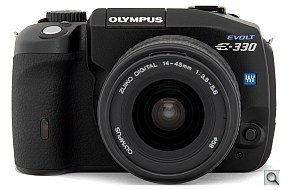Nanoparticles that deliver two anticancer agents simultaneously kill cancer cells more effectively than nanoparticles delivering the agents separately.
Nanoparticles that deliver two anticancer agents simultaneously kill cancer cells more effectively than nanoparticles delivering the agents separately.
Inspired by the diamond-shaped photonic crystals found in beetle scales, a chemist is trying to build nanostructures using molecular self-assembly to form photonic crystals for use in light-based computers.
Gold nanoparticles carrying nucleic acids into a cell must have the nucleic acids tightly linked via covalent bonds to avoid profound, unanticipated effects on gene expression.
Self assembly of aromatic dipeptide into nanospheres stiffer than Kevlar may make possible printing stronger, lighter body armor.
Molecular dynamics calculations define optimum strand lengths for the assembly of DNA films as greater than 10 and less than 30 nucleotides.
Reconfiguring the topology of DNA nanostructures offers novel architectures for nanodevices.
DNA springs mechanically control an enzymatic reactions by exerting force on specific parts of the enzyme molecule.

Frequent Nanodot readers know that our main interest is longer-term nanotech, but sometimes what’s happening today gets pretty exciting as well. A quick summary of recent advances in nanotech used to fight cancer appears in a Computerworld piece by Sharon Gaudin; some excerpts: Rice University said yesterday that when the nanoparticles deliver dye to the cell,… Continue reading Today's nanotech lets $400 camera see cancer cells
Foresight Feynman Prize winner Nadrian Seeman will share the $1 million Kavli Prize in nanoscience with IBM’s Don Eigler. From the SciAm blog by Katie Moisse: Donald Eigler from IBM’s Almaden Research Center in San Jose, Calif., and Nadrian Seeman from New York University will jointly accept the nanoscience prize for illuminating the basic units of… Continue reading Seeman, Eigler to share $1 million Kavli nano prize
Foresight Feynman Prize winner Robert Freitas brings to our attention the first published theoretical study of DMS (diamond mechanosynthesis) tool-workpiece operating envelopes and optimal tooltip trajectories for a complete positionally controlled reaction sequence, which he did with colleagues in Russia. He writes, “This paper represents the first extensive DMS tooltip trajectory analysis, examining a wide… Continue reading Modeling the recharging of used hydrogen abstraction tool